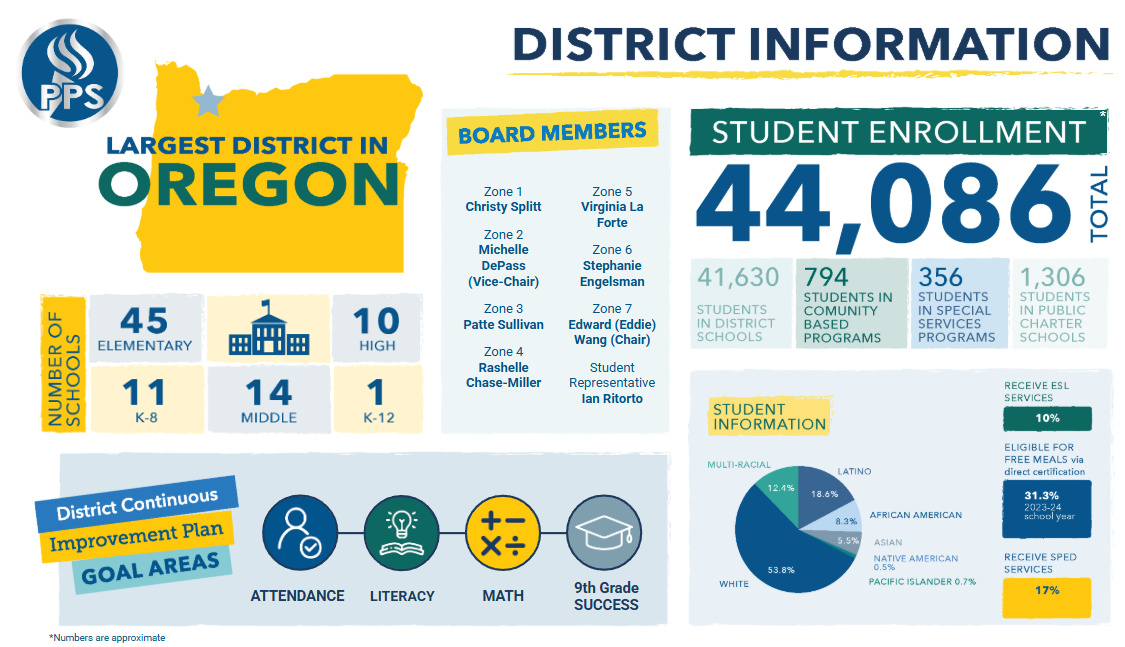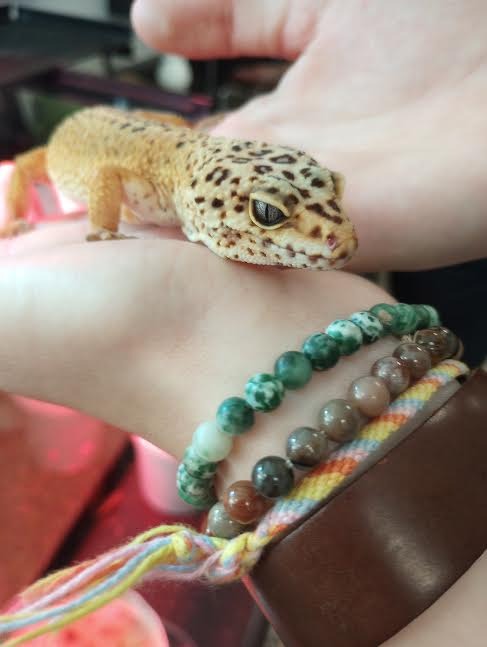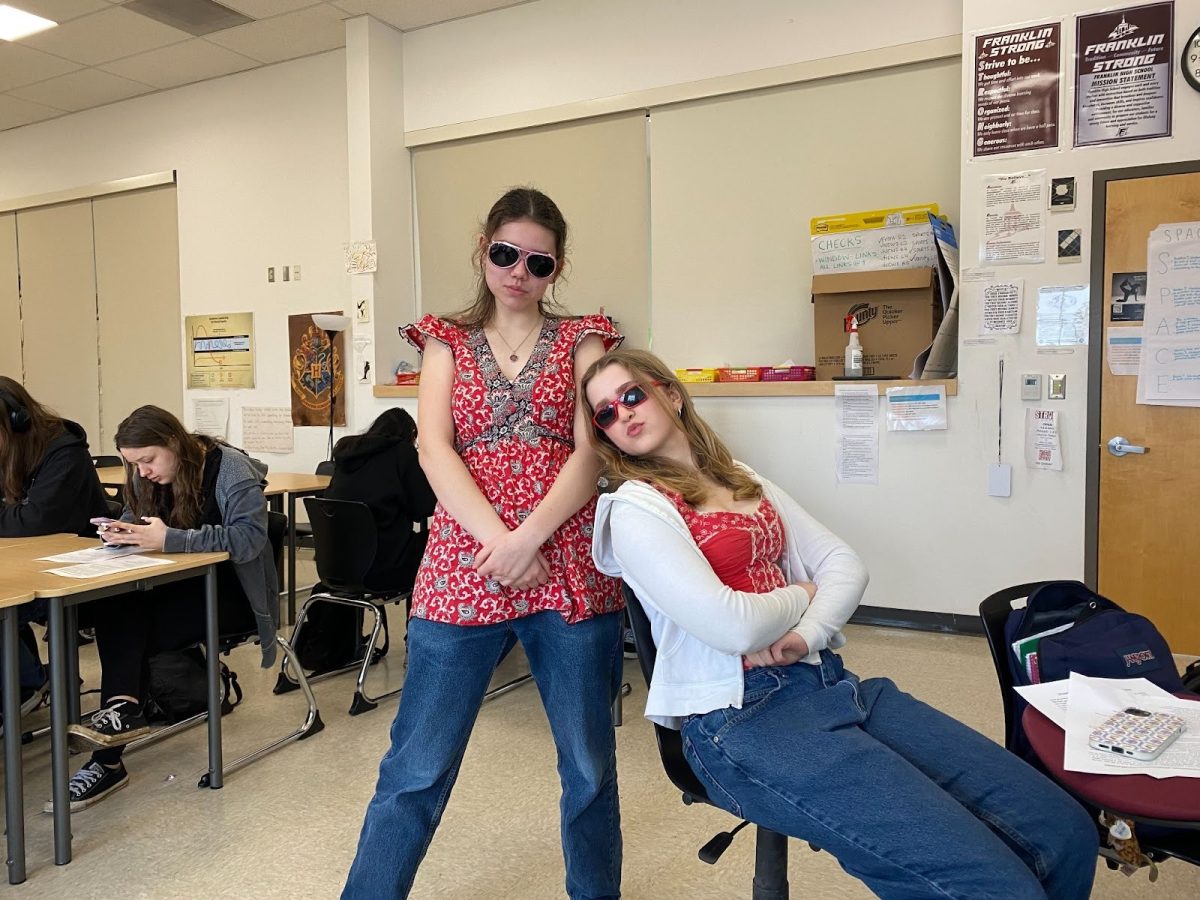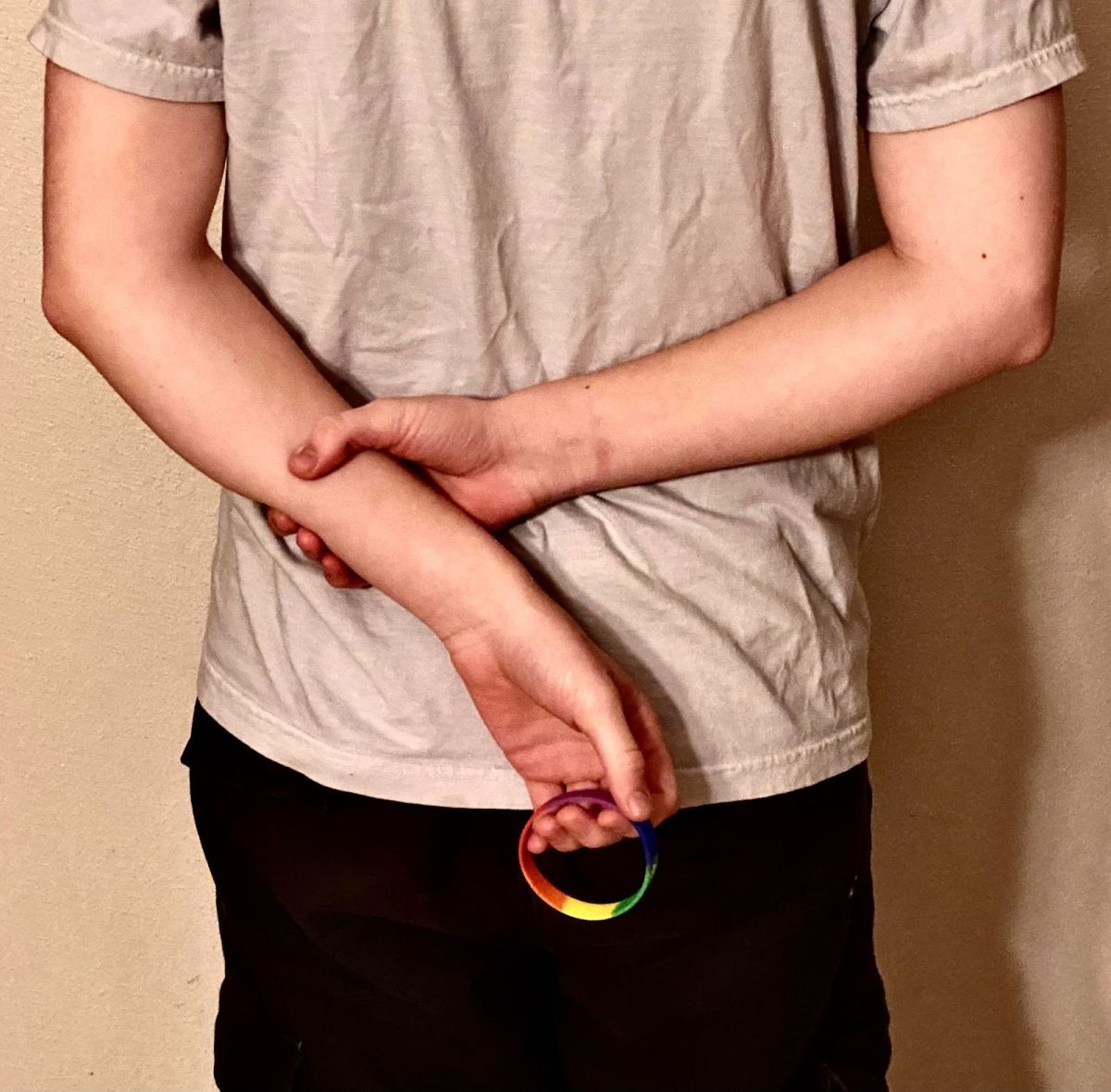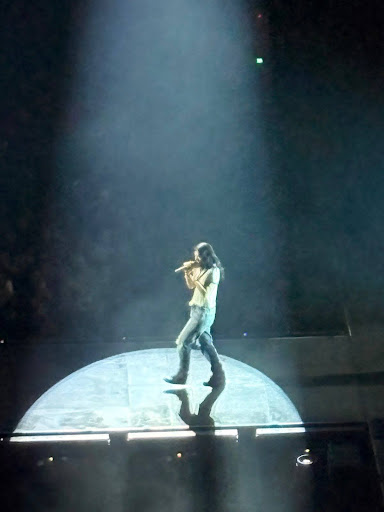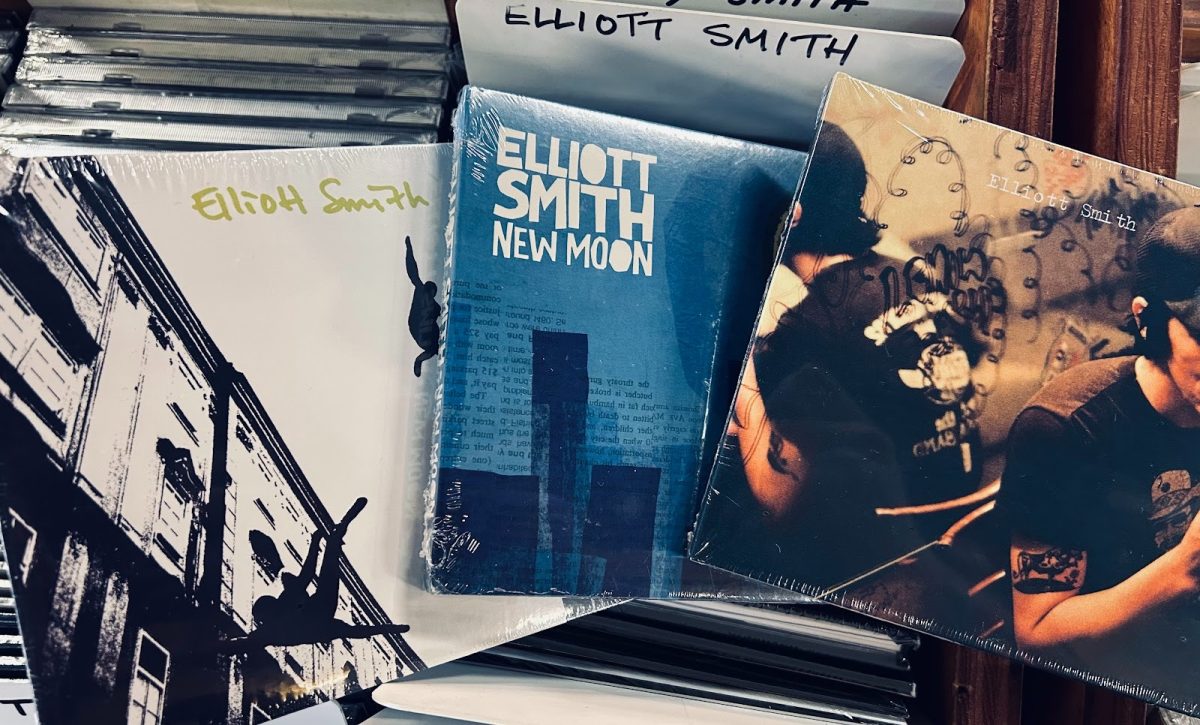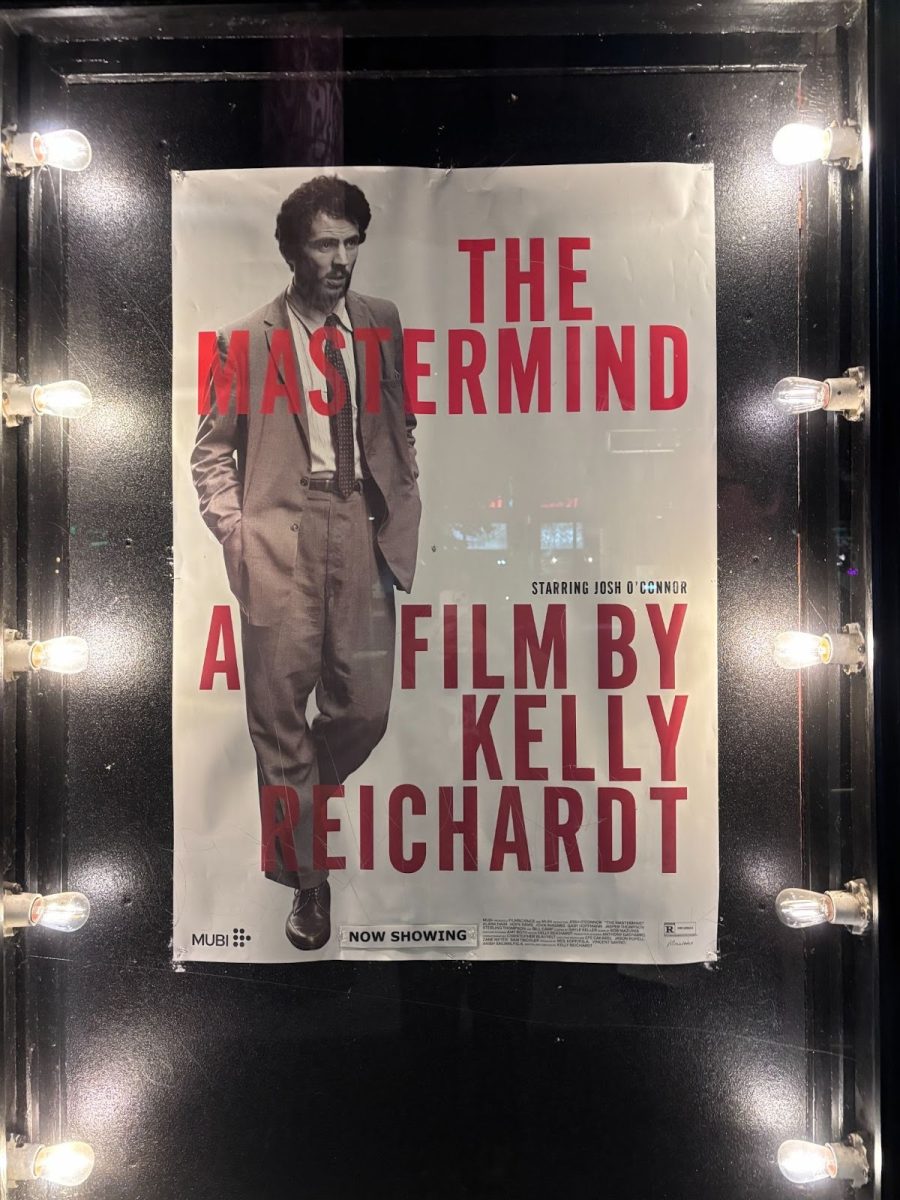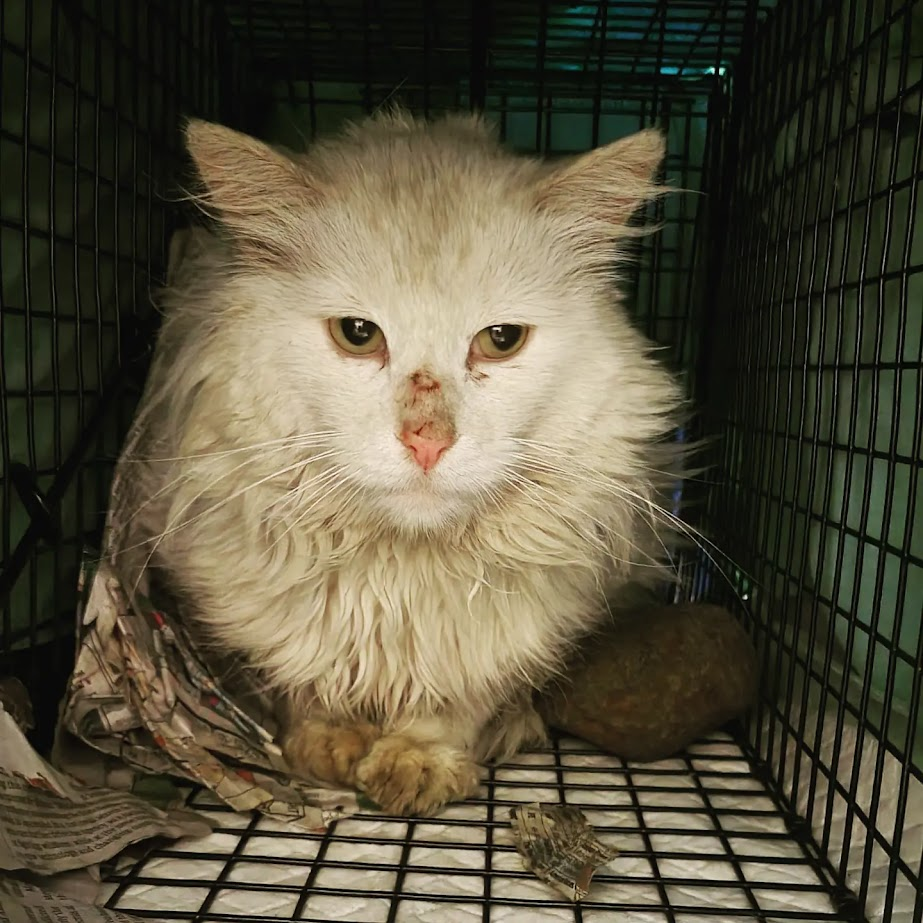
On Dec. 14, 2018, a movie that presented qualities of animation that hadn’t been seen before was released. “Spider-Man: Into the Spider-Verse” challenged perceived notions surrounding animation and what it should look like. In 2015, Sony Pictures announced that a new Spider-Man movie was under development, and for the next three years their animation studio, Sony Pictures Imageworks (SPI), worked through many trials and errors to create the film we have today, only releasing five months after its intended release date of July 20, 2018.
“Spider-Man: Into the Spider-Verse” was created like most modern-day animated movies. It was developed in 3D, using software that allowed the animators to make three dimensional models of characters, objects, and backgrounds. Despite this, the movie’s three directors, Bob Persichetti, Peter Ramsey, and Rodney Rothman, attempted to branch out from traditional conventions of animation, according to the New York Times. To achieve this they incorporated two dimensional drawings into three dimensional animation. “‘Spider-Verse’ celebrates its print origins with bold graphics and mainstays of comic-book style, including thought balloons, printed words and wavy lines to indicate a tingling Spidey Sense,” writes Charles Solomon in an article published by The New York Times.
The 2D elements become clear if you look for them; they’re especially obvious when observing linework. Linework is the art practice of using dark lines to create depth through pen strokes of different angles and weight. When animating, linework can be tricky to execute; several steps must be taken in order to put simple lines into the 3D software. The lines need to be converted to geometry, which is done by attaching points on the drawing in 3D space, and changing them with each frame to match the character. Another way the animators added 2D elements into the animation was by intentionally simplifying the designs. The result emphasized individual brush strokes, giving the object the illusion of being hand drawn.
A typical film animates at 24 Frames Per Second (FPS), often referred to as “animating on ones.” This means there are 24 images, each held for one frame; but there are several other ways to animate. “Spider-Man: Into the Spider-Verse” was animated on twos, which have 12 FPS, meaning there are 12 images, each held for two frames. This gave the effect of being more like a comic book. According to Imageworks, “the impact of animating on twos, especially for fast-paced action, provided the desired illustrated visual style for the film, where each frame appeared as its own distinct image, like a panel in a comic book.”
To finalize the look of the movie, the directors wanted to highlight the comic book feeling. They did this by using halftoning and line hatching. Halftoning is the process of using dots to create a picture. It was introduced in the late 1800s when the only colors that could be printed were white and black but not gray. Images were difficult to print because of this, but by using dots of different size and weight they were able to create proper images, and the illusion of shadows. Line hatching is the action of using lines to create tone or shading in images.
“Spider-Man: Into the Spider-Verse” was Miles Morales’ time to shine. He was animated separately from the backgrounds, and he switched between being animated on ones and twos depending on the emotion of the scene. Miles is new and very different from the Spider-Men we have seen in past movies; he is more like a real comic. Each Spider-Person has their own special animation style. Miles’ world is meant to be very hard, everything is printed with ink, and there’s no motion blur. Contrastly, Spider-Gwen is animated to replicate watercolor paintings. She’s very similar to Miles, but her universe’s physics are different. Spider-Noir’s universe focuses more on halftoning since he is from a time where that was a primary way to print images; he’s also in full black and white.
While making Into the Spider-Verse, it was very clear that the directors wanted to prioritize good taste over accuracy. They wanted the art to be genuine and beautiful rather than textbook. “Artists were encouraged to experiment and try new ideas without concern for how it might break the pipeline,” states SPI. “The hand of the artist is visible in every shot including imperfections.” From the little dots of light in Miles’ eyes, which were often hand drawn to look like blobs of paint, to the emotion that comes from each line in a character’s face, there were artists behind it all, trying things, and finding ways to make it work, and make it feel like it was created by a real human being.
This movie was revolutionary to the world of animation. It gave artists a glimpse into what could be, and it allowed for people to push past what they knew for certain was good, and try things even if they didn’t turn out as hoped. By expanding outside the boundaries that had been pressing down on creative talent, Persichetti, Ramsey, and Rothman created the top two rated Spider-Man movies as of 2023, “Spider-Man: Into the Spider-Verse” and “Spider-Man: Across the Spider-Verse.” Without them, we wouldn’t have movies like “Teenage Mutant Ninja Turtles: Mutant Mayhem” and “Puss in Boots: The Last Wish,” both of which had the road paved for them by “Spider-Man: Into the Spider-Verse.”


